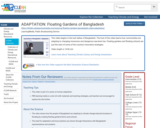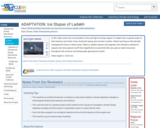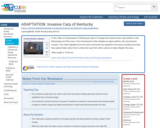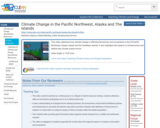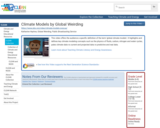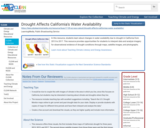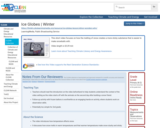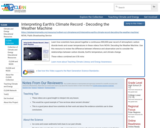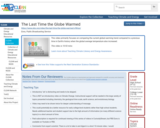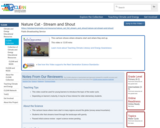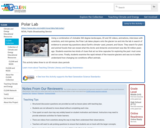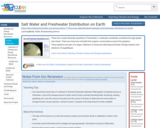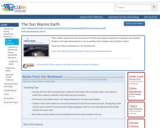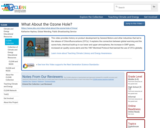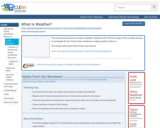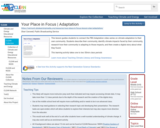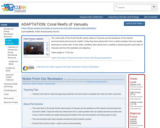
The coral reefs of the South Pacific island nation of Vanuatu are the backbone of the island's environmental and economic health. Today they face destruction from a silent predator that can rapidly decimate an entire reef. In this video, students learn about how a starfish is destroying the coral reefs of Vanuatu and how the islanders are adapting.
- Subject:
- Applied Science
- Biology
- Ecology
- Economics
- Environmental Science
- Life Science
- Physical Science
- Social Science
- Material Type:
- Diagram/Illustration
- Reading
- Provider:
- CLEAN: Climate Literacy and Energy Awareness Network
- Provider Set:
- CLEAN: Climate Literacy and Energy Awareness Network
- Author:
- LearningMedia
- Public Broadcasting Service
- Date Added:
- 08/01/2022
